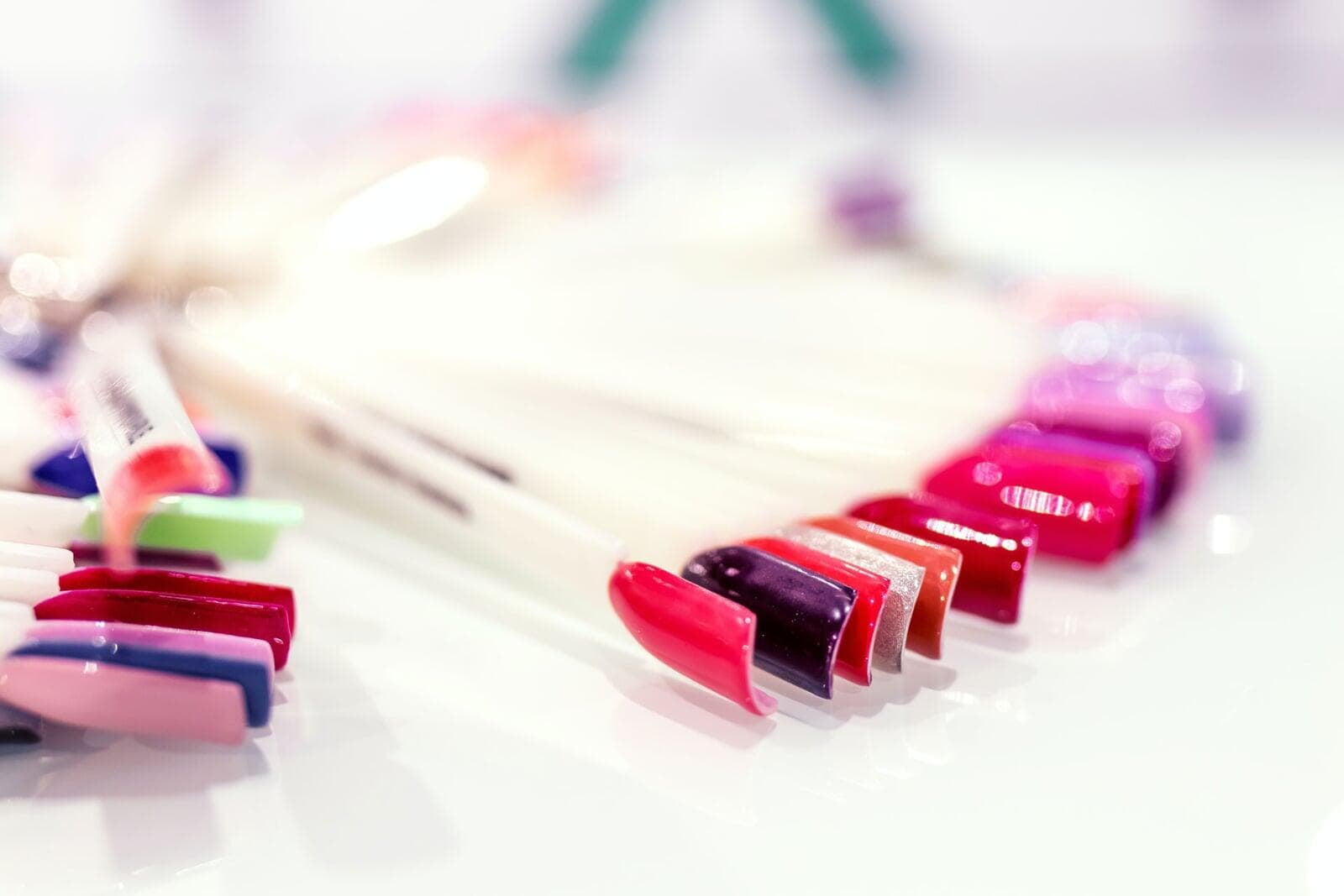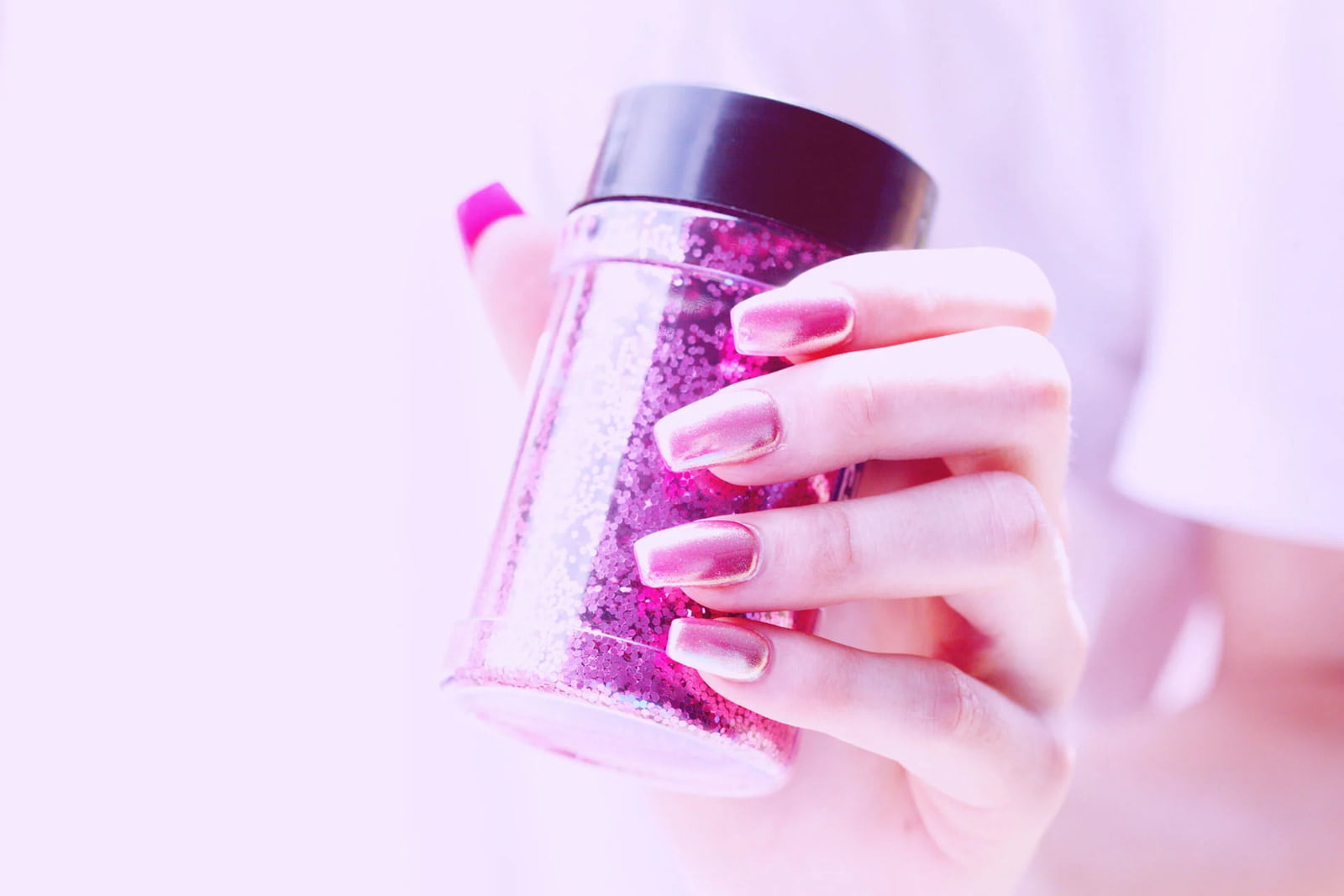
An innovation with its roots in the dental acrylics industry, artificial acrylic nails were first created back in the fifties. In the decades since then, there have been major scientific and engineering innovations taking the industry forward. During the 1970s, we saw the development of liquid-powder systems, in the 1980s huge growth occurred in decoration, colours and textures followed in the 1990s by significant advances in liquid-powder systems and the introduction of UV light curable systems.
The cosmetic nail industry is a remarkable example of how technology can transfer between industries. Dental, architectural and even casting acrylic technologies have left a marked impact on the industry and nail products. For example, the nails industry has exploited the lessons learned about ultra-high clarity from other sectors. More recently, work on dental acrylic microbial resistance is being transitioned into nail acrylics to address the challenges salons face to avoid bacteria becoming trapped in nail beds. This could prove to be the next major breakthrough in the industry.
However, despite the advances in science and engineering, not all nail acrylic products are created equal, and many poor-quality products exist. Nail professionals and their customers must contend with inconsistent colouring, fading colours and yellowing. Nail technicians tolerate products with poor liquid and powder flow that can ruin their sculpting process.
Despite the many horror stories, acrylic nail brands sourcing products can avoid facing these challenges if they buy powders and liquids with the correct properties from suppliers who understand acrylic nail science. This way, nail companies will not suffer the brand damage caused by choosing the wrong materials and will avoid the product recalls and high costs associated.
Sculpting nail systems – what are the basic chemical reagents?

It is the chemical and physical characteristics of the raw materials, the reagents, which result in beautiful nails and high performing liquid powder systems. For classical sculpting systems these are in the form of nail acrylic polymer powders and nail monomer liquids each of which contain additives.
The monomer for a sculpting system is typically ethyl methacrylate (EMA) based. Some of the faster set liquids also include other faster reacting monomers such as (Hydroxyethyl)methacrylate (HEMA) or (Hydroxypropyl)methacrylate (HPMA). Dyes, cross-linking agents, an amine catalyst and an inhibitor are also included in the liquid.
The nail powder is based on Poly(ethyl methacrylate) (PEMA) or Poly(ethyl methacrylate-co-methyl methacrylate) (PEMMA), with the addition of Poly(methyl methacrylate) (PMMA) in some cases. Generally, PEMA is the most prominent acrylic in artificial nail powders, rather than the more common PMMA, which is harder and more brittle. A peroxide initiator can be included in the powder either as a residual from the production process, or as a coating on the beads. Flow modifiers are also added to, as their name suggests, enhance powder flow.
Pigments and dyes can also be included in the powder to colour the final nail, if that is the desired outcome.
How the underlying chemical process works for sculpted nails
Classical sculpting nail system chemistry typically work like this:
- After the nail has been prepped, the nail technician dips their brush into a liquid monomer, then dips it into the nail acrylic powder and withdraws the brush. The powder starts to absorb the monomer and ‘wets out’ causing the release of the peroxide that is associated with the acrylic bead. The released peroxide firstly consumes the inhibitor present in the monomer and subsequently initiates the polymerisation. Polymer chains start to form, which wrap around the polymer beads. The viscosity or thickness of the powder-liquid system starts to increase, which in part is aided by the amine accelerator and crosslinkers present in the nail liquid. At this stage, the nail technician observes a bead (not to be confused with polymer beads) form on the end of the brush.
- The bead is then applied to the customer’s nail. The polymerisation is still at an early stage at this point, with the viscosity of the system quite low and with the bead still exhibiting some flowability, which allows self-levelling. The bead is then skilfully and swiftly sculpted into the desired shape by the nail technician. During this period, the heat from the client’s fingertip provides additional energy to further accelerate the polymerisation process. The polymer bead then starts to become less malleable until it is a jelly-like consistency.
- As the cross-linking agent further stimulates the polymer chains to form cross links, creating a net-like rigid lattice strengthened by the acrylic beads, the nail monomer is consumed, the viscosity of the polymer system increases exponentially until the Trommsdorff point is reached and auto polymerisation occurs. At this stage the polymer hardens, or cures, with the whole of this stage commonly referred to as the drying time.
This is an everyday activity that you can find taking place in a million salons around the world. So, why can the end-result vary so much, with some nails looking exquisite and others terrible?
The following article in this series, Sculpting nail systems – what can go wrong and how to prevent it? highlights what incredible engineering and science is behind this everyday procedure that ensures sculpting nail systems create nails that are amazing and as intended every time. Click below to download this paper now.